Lebanon Flag Meaning
Two horizontal red stripes separated by a white stripe twice their width, with a green cedar tree centered on the white stripe, representing the strength, purity, and eternal heritage of the 'Land of the Cedars.'
- Continent
- Asia
- Adopted
- 1943
- Ratio
- 2:3
- Colors
- red, white, green
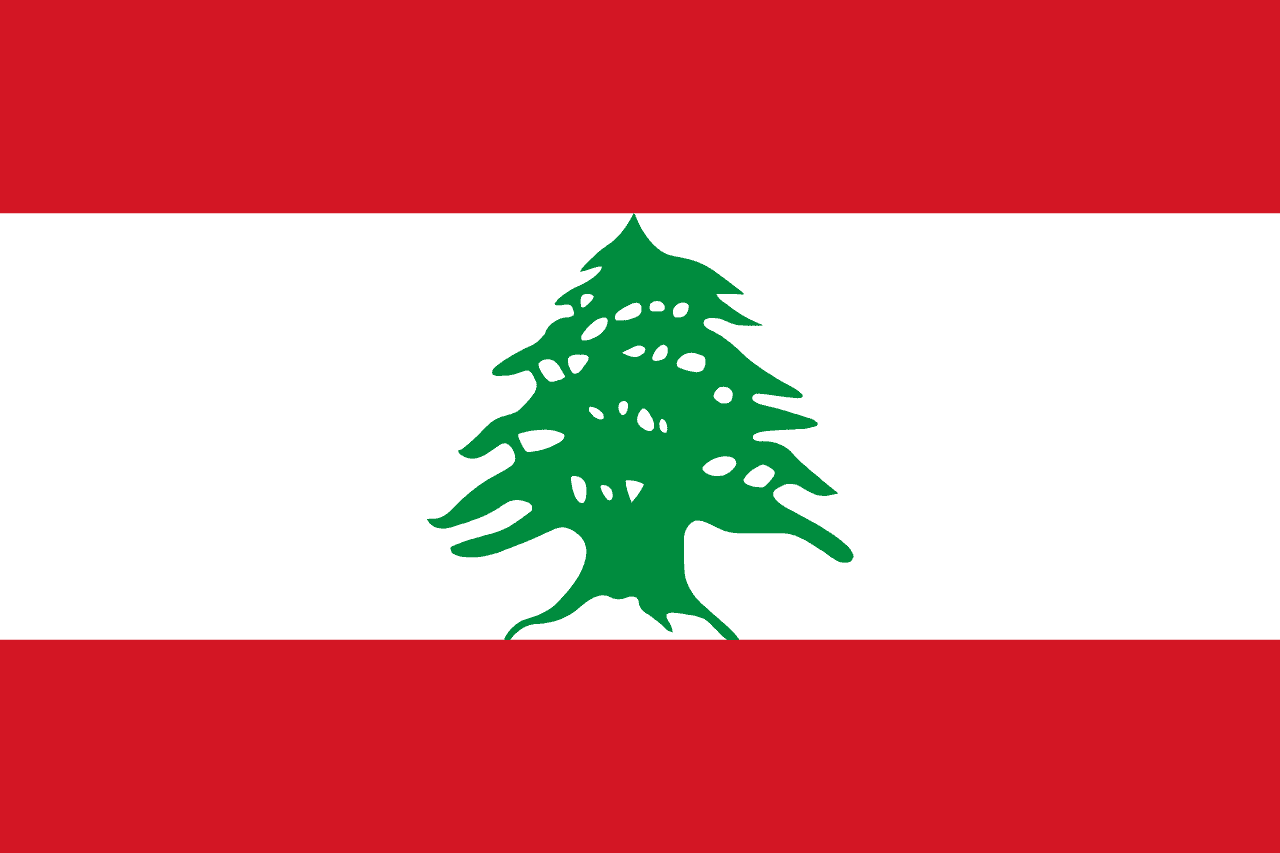
Symbolism
Lebanese Cedar Tree: Symbolizes strength, holiness, and eternity, representing Lebanon's ancient heritage and resilience. The cedar has been Lebanon's symbol for over 3,000 years and appears in religious texts including the Bible.
White Stripe: Represents peace, purity, and the snow-capped peaks of the Lebanon Mountains. Also symbolizes the desire for harmony among Lebanon's diverse religious and ethnic communities.
Red Stripes: Symbolize the blood shed by Lebanese martyrs defending their homeland throughout history, representing sacrifice and the courage of those who fought for Lebanon's independence and sovereignty.
Tree Positioning: The cedar tree centered on the white stripe represents Lebanon's position as a bridge between East and West, and between different civilizations and religions in the Middle East.
Ancient Heritage: The design connects modern Lebanon to its ancient Phoenician heritage, when Lebanese cedars were prized throughout the ancient world for shipbuilding and construction of temples.
History
- Ancient Times: Lebanese cedars were renowned throughout the ancient world, used to build Solomon's Temple, Egyptian pharaohs' ships, and exported across the Mediterranean by Phoenician traders.
- 1516-1918: Lebanon was part of the Ottoman Empire, but Mount Lebanon maintained semi-autonomous status and the cedar remained a cultural symbol despite foreign rule.
- 1920-1943: Under the French Mandate, Lebanon used French colonial symbols while developing its own national identity and preparing for independence with distinctly Lebanese symbols.
- November 22, 1943: Lebanon gained independence from France and adopted the current flag featuring the cedar tree, marking the country's emergence as a sovereign state in the Middle East.
- 1975-1990: During the Lebanese Civil War, the flag remained a unifying symbol despite the country being divided, representing the hope for national reconciliation and unity.
- 1990-2005: Following the Taif Agreement that ended the civil war, the flag symbolized national reconstruction and the restoration of Lebanese sovereignty and territorial integrity.
- 2005-Present: After the Cedar Revolution that ended Syrian occupation, the flag has represented Lebanon's struggle for independence and democracy in a turbulent regional environment.
Trivia
- Lebanon is the only country in the world with a tree as the central element of its national flag, making it instantly recognizable among world flags.
- The Lebanese cedar tree on the flag is based on the Cedrus libani species, which can live for over 1,000 years and is mentioned 75 times in the Bible.
- Lebanon's flag proportions are unique: the white stripe is twice the width of each red stripe, creating a distinctive 1:2:1 ratio that's uncommon among world flags.
- The cedar tree symbol has appeared on Lebanese currency, stamps, and official documents since ancient times, making it one of the world's oldest continuous national symbols.
- Lebanon is often called the 'Switzerland of the Middle East' due to its banking sector and mountain scenery, both represented by the flag's symbolism.
- The flag survived Lebanon's 15-year civil war (1975-1990) as a symbol of unity, despite the country being effectively divided during much of this period.
- Lebanese emigrants worldwide use the flag as a symbol of cultural identity, with large Lebanese diaspora communities in Brazil, Argentina, Australia, and North America.
- The Cedars of God forest in northern Lebanon, a UNESCO World Heritage site, contains some of the oldest cedar trees in the world and inspired the flag design.
- Lebanon's flag appears on the country's wine labels, as Lebanese wine has gained international recognition and the cedar symbolizes the terroir and heritage.
- The flag represents one of the most religiously diverse countries in the Middle East, with 18 officially recognized religious sects living under the cedar symbol.
- During the 2005 Cedar Revolution, protesters wore cedar symbols and the flag became synonymous with the demand for Syrian withdrawal and Lebanese sovereignty.
- The flag appears at Formula 1 races and other international sporting events, representing Lebanon's active participation in global sports despite regional challenges.
- Lebanese cedar wood was historically so valuable that ancient rulers established the first recorded conservation laws to protect the forests, connecting to modern environmental awareness.
- The flag flies over Beirut, known as the 'Paris of the Middle East,' representing Lebanon's role as a cultural and intellectual center in the Arab world.
- Lebanon's flag protocol reflects the country's complex sectarian system, with careful attention to displaying it in ways that respect all religious communities.
Related Countries

Cyprus
Europe
A white field with a copper-colored silhouette of the island of Cyprus and two green olive branches below, representing peace, the island's geographic identity, and its ancient association with copper mining and olive cultivation.
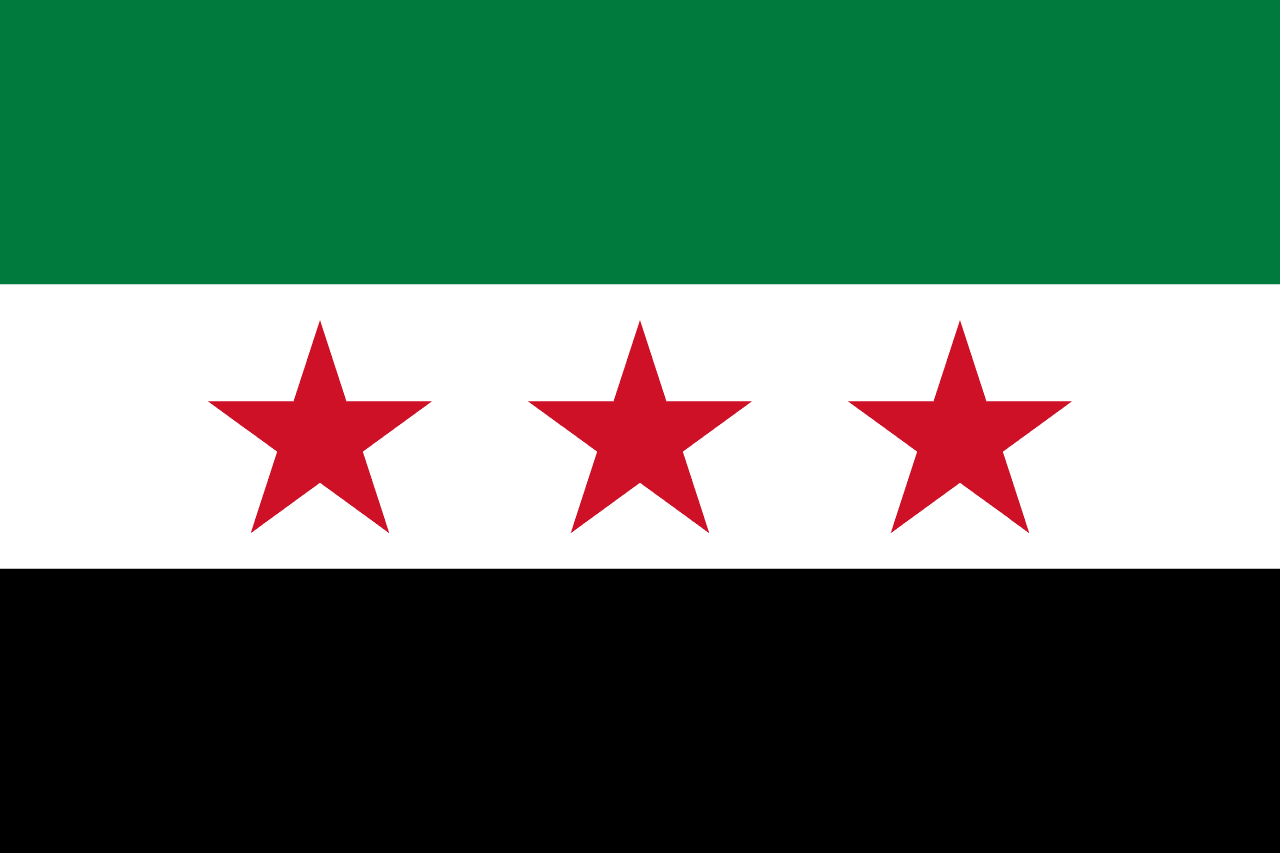
Syria
Asia
Three horizontal stripes of red, white, and black with two green five-pointed stars on the white stripe, representing the Pan-Arab colors of liberation struggles, the Hashemite flag heritage, and the Ba'ath Party's Arab socialist ideology that has governed Syria since 1963.
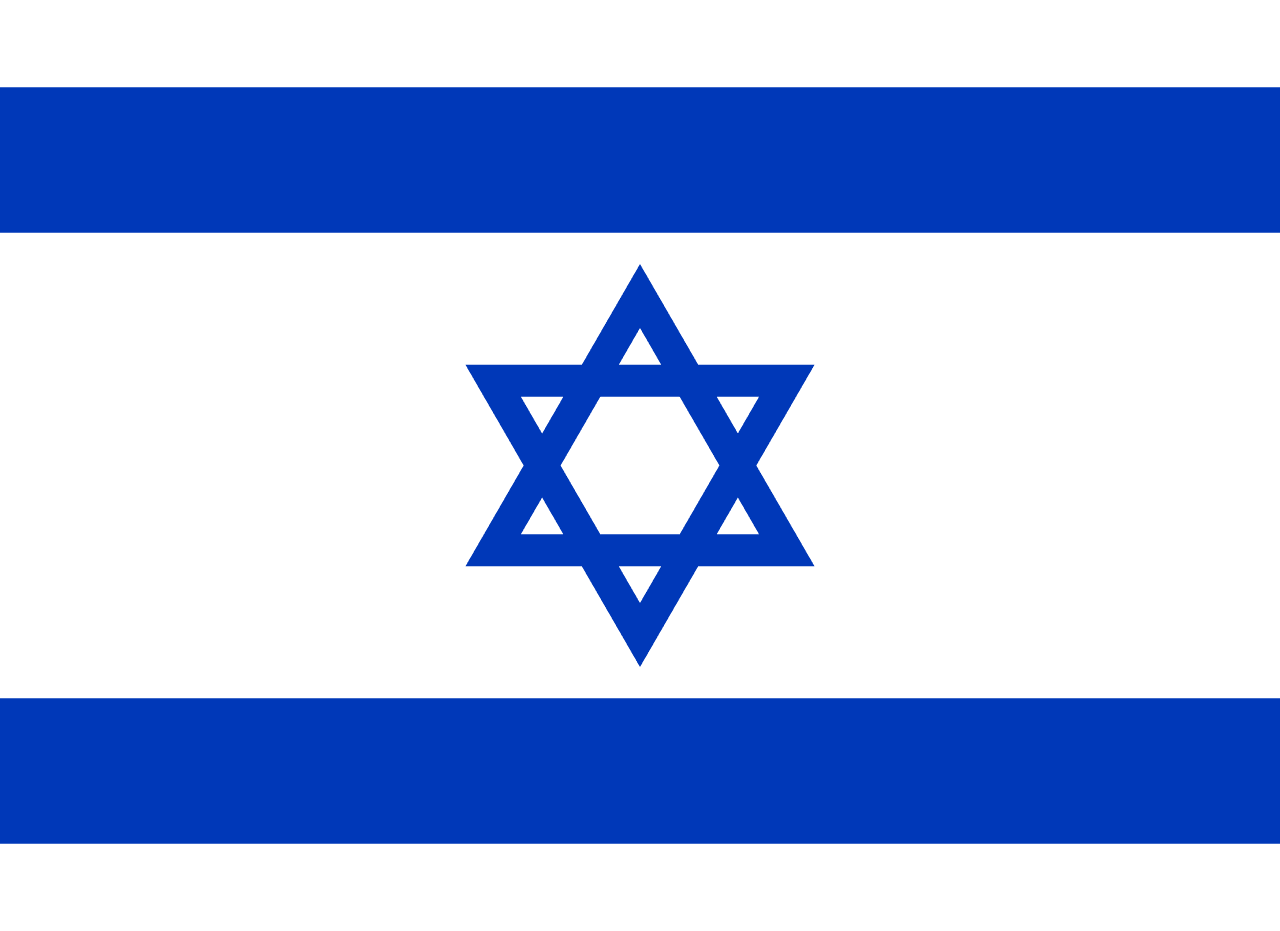
Israel
Asia
A white field with two horizontal blue stripes near the top and bottom edges and a blue Star of David (Magen David) in the center, based on the design of the traditional Jewish prayer shawl (tallit) and representing Jewish heritage and the modern State of Israel.
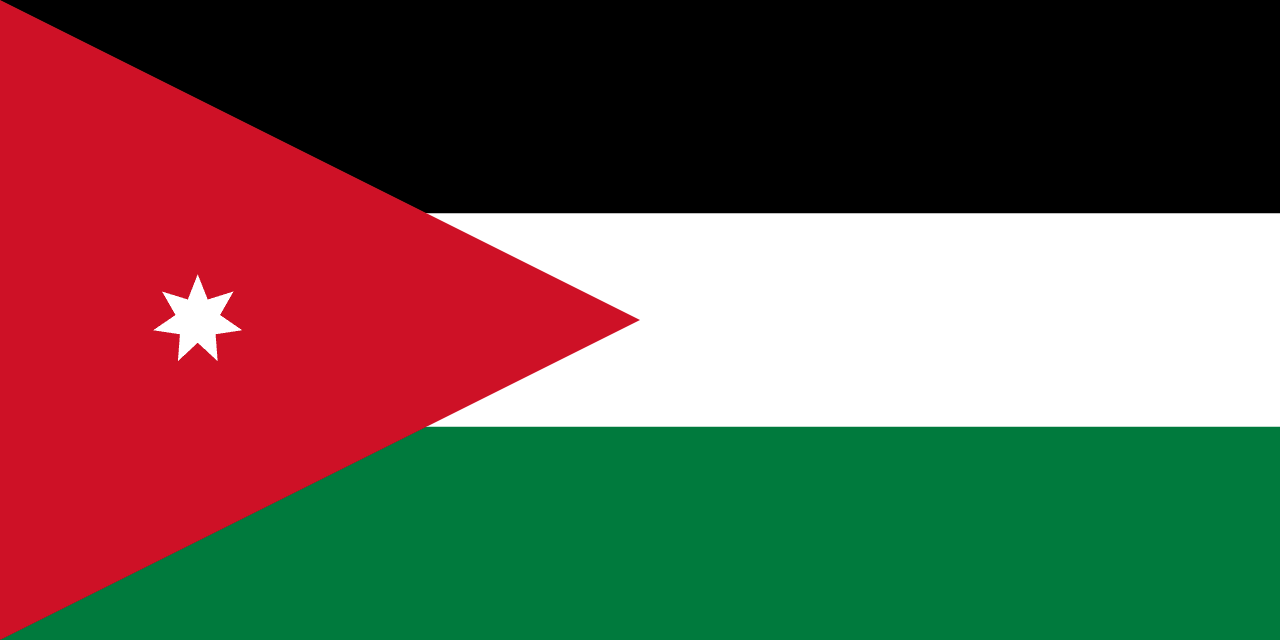
Jordan
Asia
Three horizontal stripes of black, white, and green with a red triangle on the hoist side containing a seven-pointed white star, representing the Arab Revolt heritage and the Hashemite Kingdom's role as guardian of Islamic holy sites.

Turkey
Asia
The flag of Turkey is bold and simple in design with a red field with a white crescent moon and five-pointed star slightly off-center toward the hoist. This represents the blood of martyrs who died for the country, Islam, and the guidance of the state, with symbols that have ancient origins in Turkic and Ottoman traditions.
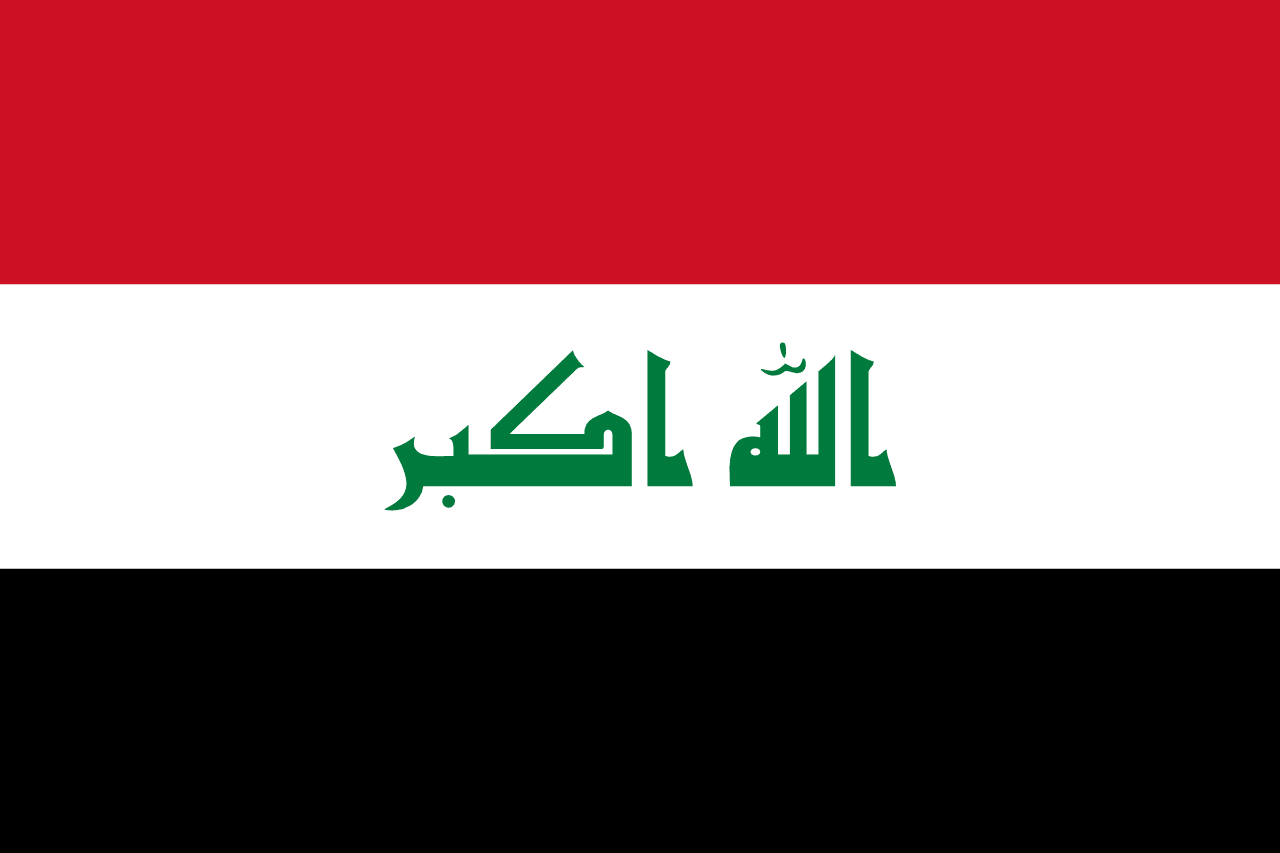
Iraq
Asia
Three horizontal stripes of red, white, and black (Pan-Arab colors) with 'Allahu Akbar' (God is Greatest) written in green Arabic Kufic script across the white stripe, representing Arab unity, Islamic faith, and Iraqi sovereignty.